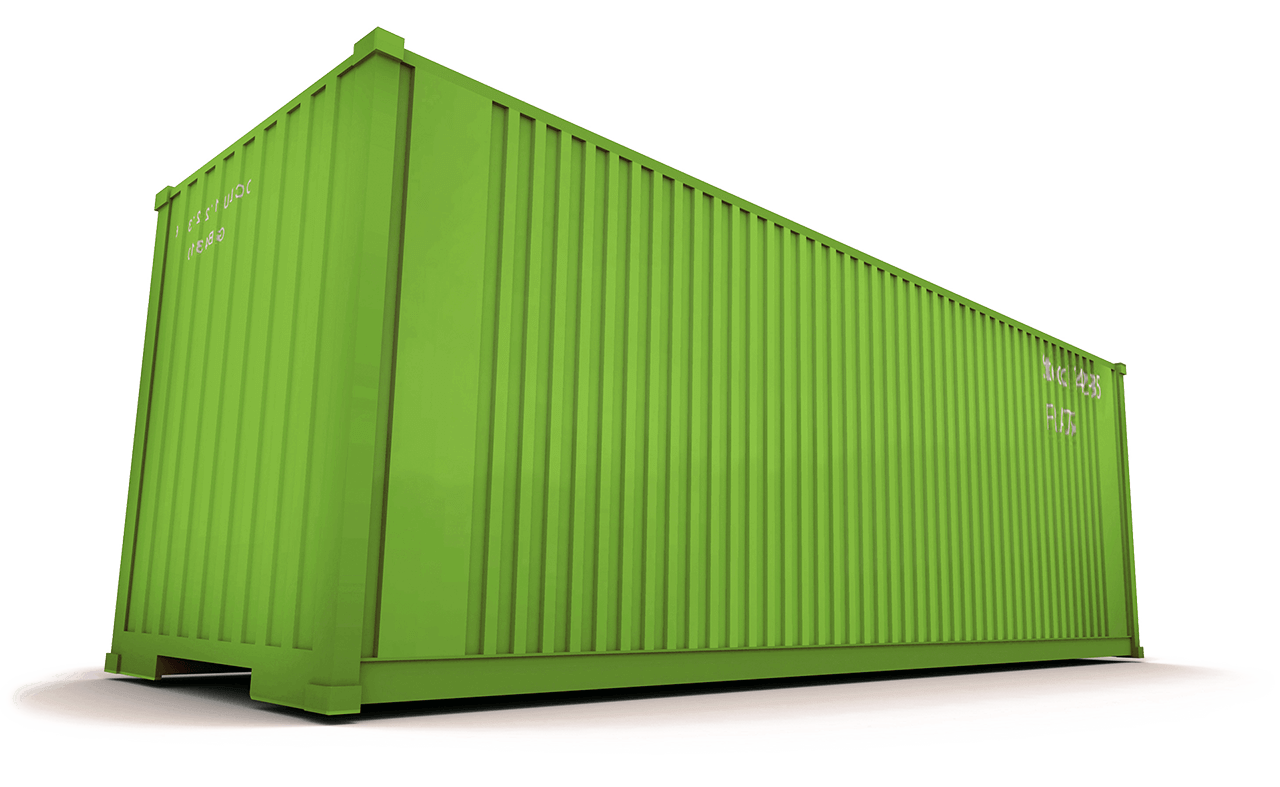Shipping Containers for Net Zero: The Potential for Greener Boxes
CakeBoxx COO Jim Campbell explores sustainable solutions for the future of shipping containers, looking at the design challenges faced and positive ways forward.

Jim Campbell
The move toward sustainable business practices is critical for most companies today, as more and more C-level executives recognize the need to reduce their carbon footprint for fiscal growth, reputational standards, and compliance regulations. Examining where a company falls on its sustainability scorecard is becoming imperative to making decisions around the products and materials an organization uses, as well as the partners they choose to work with.
For organizations that rely on the shipping industry to move their goods around the world, increasing the “green factor” of this part of the supply chain process is a key piece of the puzzle. But, while many of the current initiatives are focused on how to create more sustainable and fuel-conscious options for the ships that carry cargo, there is a largely untapped market for innovating the shipping containers themselves. In fact, since the original design in 1956, most shipping containers have not significantly changed in materials, production, or weight despite the fact that modern technology has advanced far enough that large overhauls can, and should, be considered.
Where Container Design is Now –
and Where it’s Going
The current definition of “green” when it comes to shipping containers is primarily focused on two areas: weight and materials. Weight reduction of the container will in theory reduce vessel fuel consumption, and the use of alternative materials in construction is centered around more eco-friendly flooring materials and paint.

Environmentally friendly flooring materials such as bamboo and recycled plastic, water-based and high-solar reflectivity paints, and recycled steel components are some of the current green initiatives being evaluated across our industry. That said, steel remains the dominant material for container construction due to its strength, availability, maintainability, reusability, and corrosion resistance.
However, steel remains heavy compared to other materials used for industrial purposes around the world, including aluminum and composites. A 2019 Logistics study concluded that shipping containers that utilize composite materials have a 20 percent reduced tare weight for a 40-foot shipping container, resulting in $28 billion of fuel savings, along with a 3.6 exajoule reduction in the energy demand over a container’s 15-year lifetime.1 In addition, the production of steel containers comes with high energy costs due to the use of fossil fuels in factories.
At CakeBoxx, we have been investing in R&D to progress the container design and materials toward a lighter and more efficient product that provides positive sustainability. Specifically, our two-piece deck-and-lid container, wing-door container, and CoilBoxx™ container have already helped reduce operational costs by allowing 360-degree access to cargo, which results in faster and safer loading and unloading – directly reducing operating costs with a corollary impact on fuel consumption. We know more is still possible, particularly when it comes to green initiatives – and we’re working on it.
How Lightweight Materials Can Result in
a Net Zero Container Design
In particular, we have an initiative to reduce a container’s carbon footprint over its lifespan by looking at weight reduction. For us, that begins with exploring the use of high-strength, high-serviceability, lower weight materials in the construction process to manage strength-to-weight benefits. This results in less weight on the vessel, over the road, and on all associated handling equipment – resulting in less fuel used.
For reference, composite materials are created when two or more materials are bonded together to create specific physical and chemical properties. CakeBoxx is specifically interested in using two main composite materials: Aluminum Composite Material (ACM) and fiberglass reinforced plastic.

In addition to a reduction in weight and fuel consumption during both manufacture and operations, lightweight shipping containers offer several exciting advantages over steel. Some of the biggest benefits of using composite materials are:
- Corrosion control and reduced repainting requirement
- Reduced heat absorption – lower power requirements for container scanning equipment
- Allows internally mounted electronics without signal interference
- Enables new features due to the lightweight design.
Slow and Steady Wins the Race
At this point, you might be thinking, “This sounds too good to be true. What are the downsides or the trade-offs?” You would be right to ask that question because, while we firmly believe that composite or other lightweight material-based containers are the future of the shipping industry, implementing these changes is not an overnight process. There are financial and engineering challenges that we must consider, including:
Looking Ahead to a Lighter, Brighter Future
in Shipping
Innovation is the foundation of CakeBoxx Technologies, and we take great pride in leading the charge to create more sustainable and strategic investments in shipping container design. As the newly appointed COO of CakeBoxx, I want to give you my firm commitment that we are dedicated to renewable energy markets and developing supply chain solutions for multinational corporations seeking to accelerate their global sustainability targets. In our current climate, with so much rapid disruption and change happening around the world, modernizing shipping containers in this way has never been more relevant or important.
If you would like to learn more about CakeBoxx’s supply chain systems engineering and our initiatives to develop greener solutions for shipping cargo, please contact us. We look forward to hearing from you!
- Design and Analysis of a Lightweight Composite Shipping Container Made of Carbon Fiber Laminates; Logistics 2019, 3, 18
- https://marketscale.com/industries/aec/composites-are-taking-cargo-transportation-to-new-depths-and-heights/




